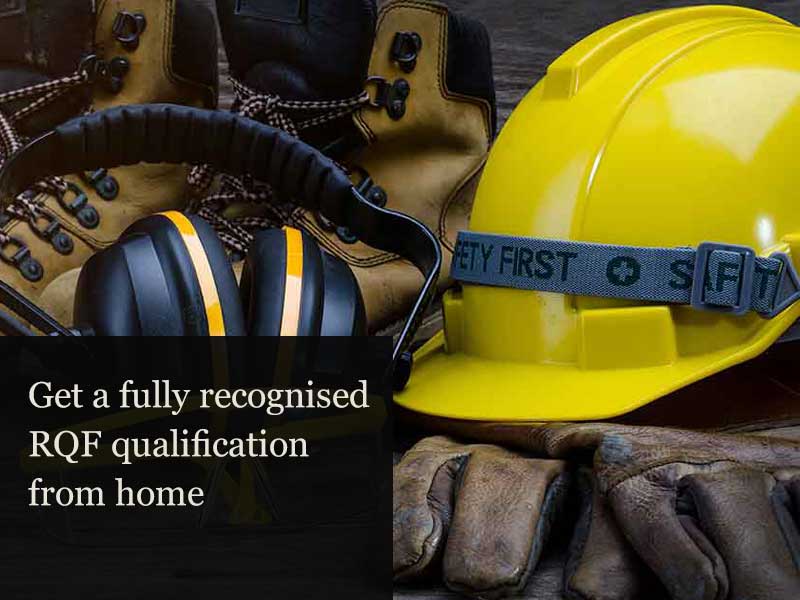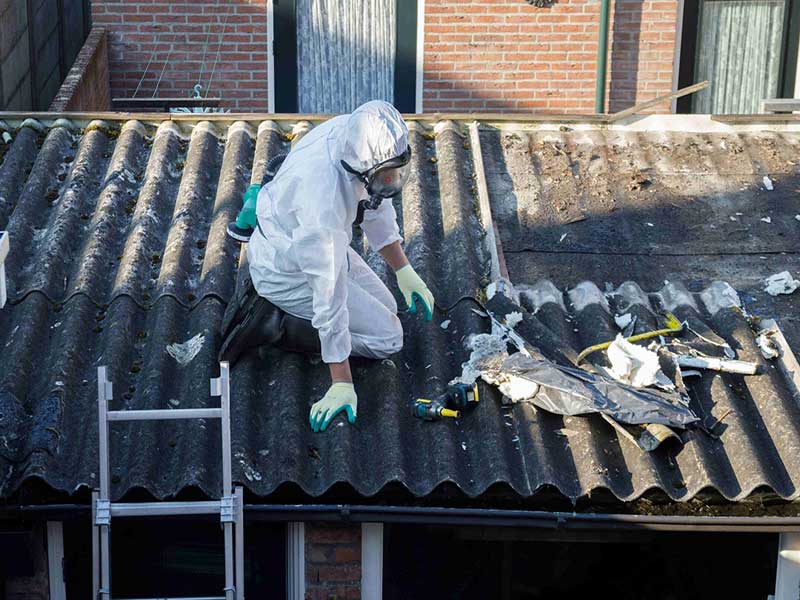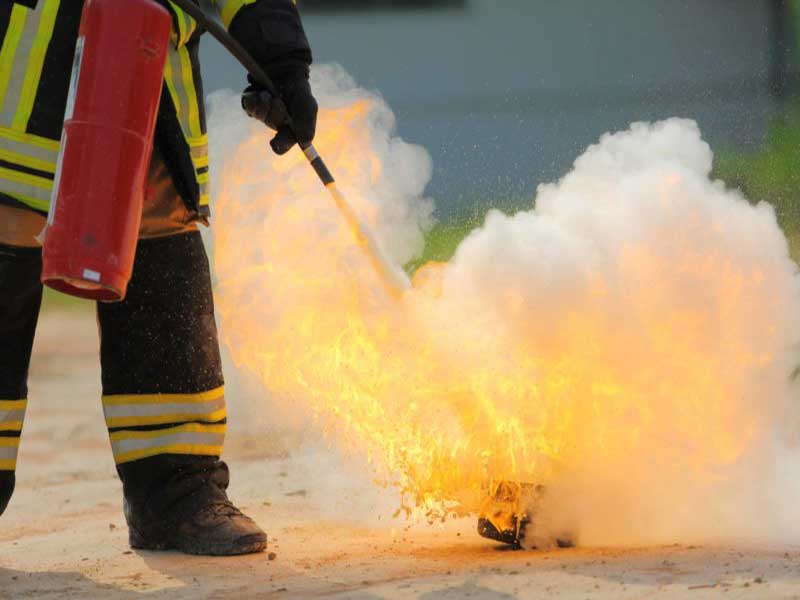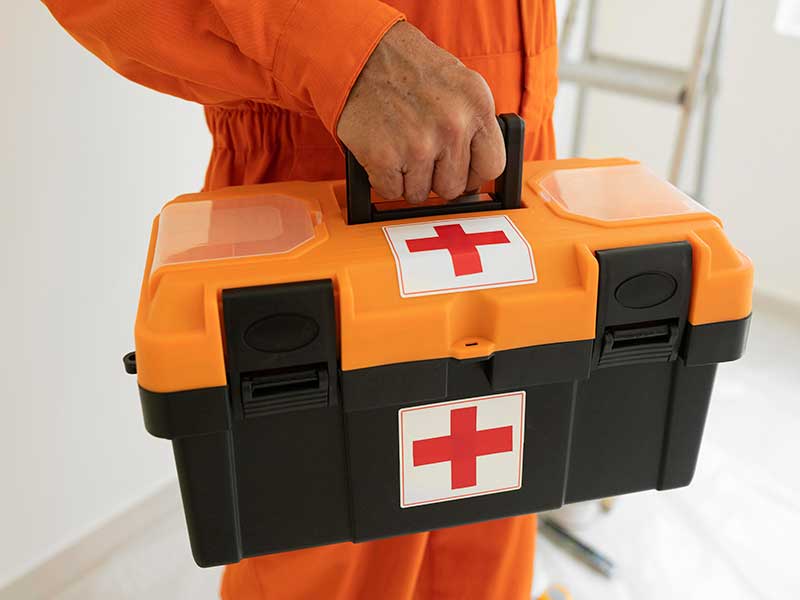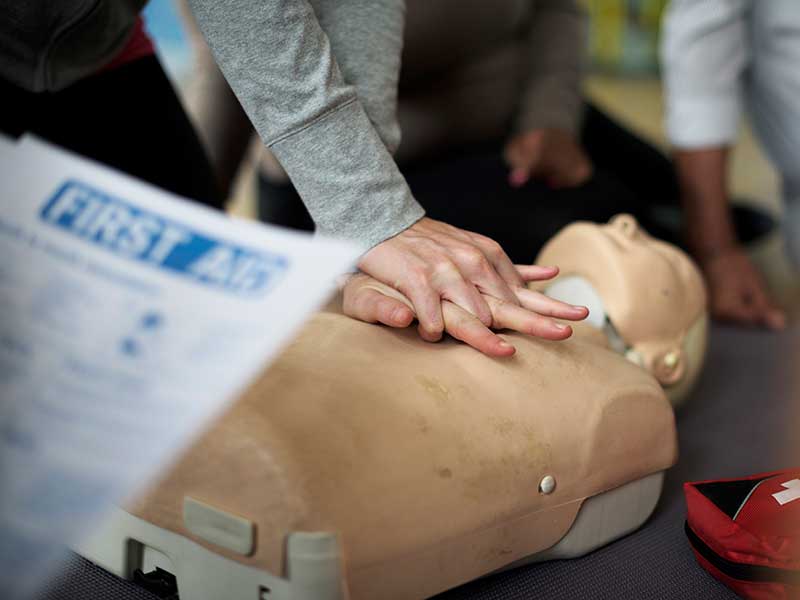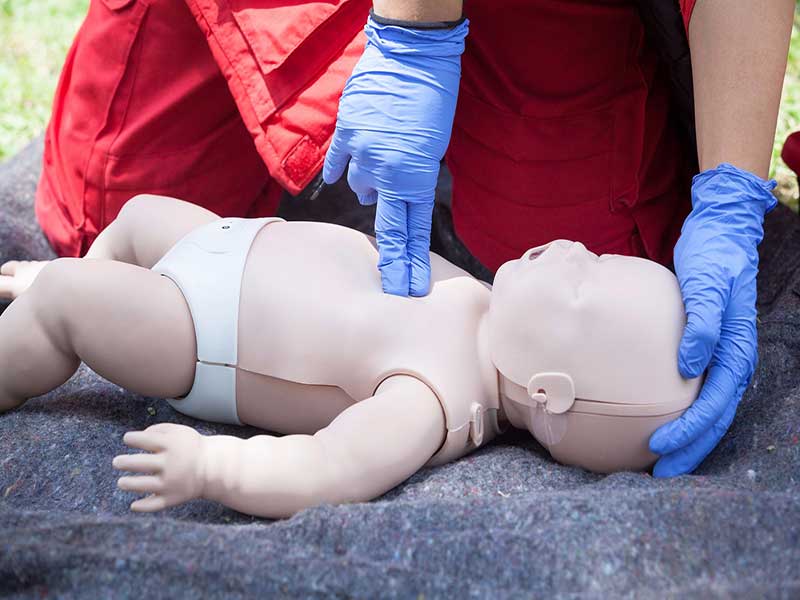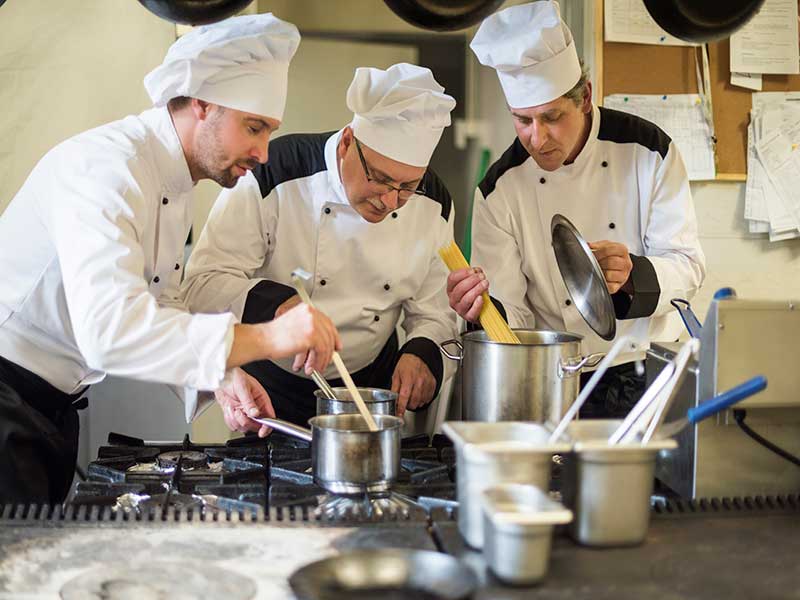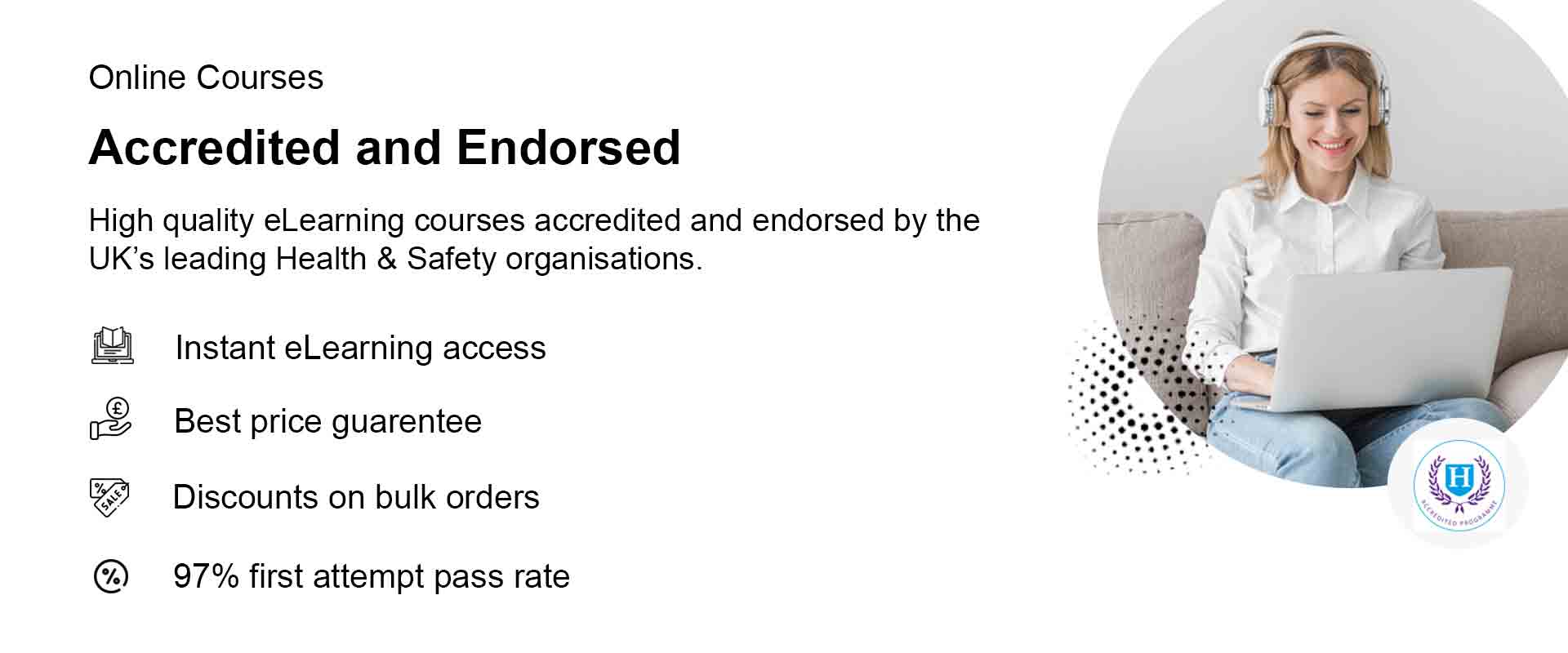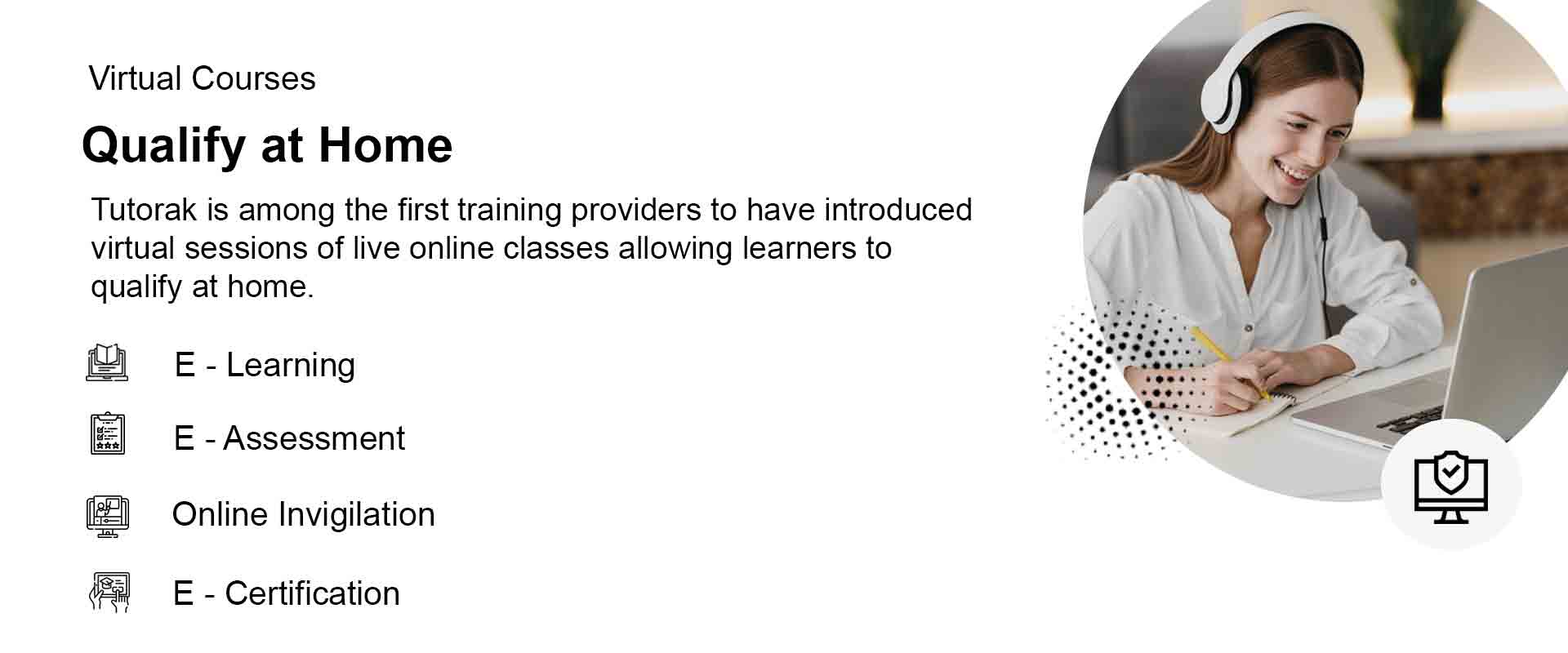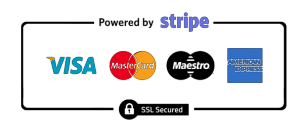AIMED AT
- Anyone who wants to become qualified to administer first-aid to infants and babies
- Parents and grandparents
- Day-care workers
- Sports and community club staff
- Nursey staff
- Nannies and childcare staff at home
- Pre-school employees
SKILLS YOU WILL GAIN
- Evaluating medical conditions
- Assessing and handling emergencies
- Knowing priorities of treatment
- Recovery position
- Administering CPR
- Handling bleeds and open wounds
- Dealing with broken or dislocated bones
About this Course
This course outlines the roles and responsibilities of a paediatric first-aider and prepares the learner for assessing and handling a potentially life-threatening situation involving infants, children and young adults.
The online training can form part of the Highfield Level 3 Award in Paediatric First Aid (RQF) if at least 6 hours of the training is face to face. A minimum of 12 hours of learning is provided to learners (when combined with time spent face to face) and their skills and knowledge is assessed during the face-to-face part of the course.
This course is suitable for anyone working with infants, children or young adults as part of their job, including teachers, playgroup leaders, childcare providers, nannies and child-minders.
Did you know: According to a ‘Mother and Baby Magazine’ Save A Life Survey, 82% out of 2,000 questioned parents with young children would not know what to do if their child started choking, was burned or stopped breathing.
-
Suitable for those working in nursery, school and pre-school environments, as well as professional childminders, club leaders and sports coaches.
-
HABC Endorsed
-
Instant PDF Certificate of Completion upon successfully passing the online training course
-
Learn at your own pace with 24/7 access
Areas Covered
-
Roles and Responsibilities of a Paediatric First-aider
Learn the roles and responsibilities of a paediatric first-aider and what is meant by the terms ‘infant’ and ‘child’ for the purposes of first aid. Learn how to minimize the risk of infection to yourself and to others. Learn about personal protective equipment and when it should be used when providing first aid, how to record and report incidents and accidents, and to identify the paediatric first aid equipment that should be available whenever infants and children are in your care.
-
Assessing an Emergency Situation
Learn how to conduct a scene survey and a primary survey on an infant and child, know when to call for help and learn how to use the acronyms CLAP when conducting a scene survey and Doctor ABCD for conducting a primary survey.
-
Managing an Infant or Child who is Unresponsive
Learn how to access the level of consciousness of an infant or child and open their airway using the appropriate technique to check for breathing and how and why to place the unconscious child or infant into the recovery position. Learn when and how to administer CPR. Also, learn to recognize the signs that an infant or child is experiencing a seizure and how to assist them.
-
Recognising and Assisting an Infant or Child who is Choking
Learn to recognise an infant or child who either has a partially or completely blocked airway and administer effective and appropriate first aid to an infant or child who is choking, whether they are conscious or unconscious.
-
Recognising and Assisting an Infant or Child with External Bleeding and Shock
Learn to identify different types of external bleeding and how to control an external bleed. Learn to recognise hypovolaemic shock and administer first aid to an infant or child who is in experiencing it.
-
Managing an Infant or Child with a Minor Injury
Learn how to administer first aid to a child or infant with bites, stings, minor cuts and grazes, bumps and bruises, small splinters and nose bleeds.
-
Conducting a Secondary Survey
Learn which information needs to be collected about the child’s or infant’s history, the circumstances around the accident or incident, and how to conduct a secondary (or head-to-toe) survey.
-
An Infant or a Child with a Suspected Bone Fracture
Learn how to recognise and administer first aid for fractures, sprains and strains.
-
An Infant or a Child with Suspected Head, Neck or Back Injury
Learn to recognise and treat suspected concussions, skull fractures, cerebral compressions and injuries to the neck and back.
-
An Infant or a Child with a Condition That Affects the Ears, Eyes and Nose
Learn how to assist an infant or child who has a foreign body in their eye, ear or nose and how to administer first aid to an infant or child who has an eye injury.
-
An Infant or a Child with an Acute Medical Condition or Sudden Illness
Learn how to recognise and administer first aid to an infant or child who is experiencing a diabetic emergency, an asthma attack, an allergic reaction, meningitis or a febrile convulsion.
-
An Infant or a Child Experiencing the Effects of Extreme Heat or Cold
Learn to recognise and treat the signs and symptoms that an infant or child is suffering from hypothermia or frostbite. Also learn to recognise and treat the signs and symptoms of heat exhaustion and heat stroke.
-
An Infant or Child who has Sustained an Electric Shock
Learn how to safely manage an incident involving electricity and administer first aid to an infant or child who has suffered an electric shock.
-
An Infant or a Child with Burns or Scalds
Learn to recognise the severity of burns and scalds and administer first aid to an infant or child who has a burn or scald injury.
-
An Infant or a Child who has Been Poisoned
Learn the routes that poisons can take to enter the body, as well as how to administer first aid to an infant or child who has been poisoned




